ASX-listed manganese developers are split on whether they will join the existing Chinese supply chain as they look to pivot to the EV market
Firebird Metals and Element 25 bosses both say manganese use will grow as manganese rich NCM and LFP batteries grab increased market share
But FRB is planning its first sulphate development in China, while GM and Stellantis backed E25 is targeting US production from 2025
A manganese explorer that wants to head downstream into the battery supply chain is zagging on the IRA frenzy taking over Australian critical minerals players by looking to set up its refining operations in China.
$11 million capped Firebird Metals (ASX:FRB) locked in a $1.7 million investment from China’s Canmax in a placement last month that will make the lithium chemical producer the largest shareholder in the WA manganese explorer with a 9.9% stake, trumping Aussie resources money man Tolga Kumova’s 9.5% holding.
It isn’t the only major investment Canmax has made on the ASX. It is also one of two large investors in $300 million capped Global Lithium Resources (ASX:GL1).
But Canmax’s investment in Firebird has a different flavour, with Firebird also having committed to head downstream to make manganese sulphate and cathode for lithium-manganese-iron-phosphate batteries in China at the heart of the world’s largest electric vehicle market.
“From our perspective, we just see that whole circular industry that China has in its industrial parks where all your reagents are right on hand, your customers are right on hand, there’s even companies that will consume your residue or your waste within an industrial park,” MD Peter Allen said.
“When you put all those economics up against having to import everything, and actually dispose of the waste in Australia or burying it, the economics of building a plant in China really become very favourable.”
Will the West catch up?
Firebird is, like many Australian hopefuls, active in the Pilbara where its Oakover deposit contains around 105Mt of indicated resources grading about 10% Mn, within a total resource of over 176Mt.
That would support a DMS operation producing up to 1.2Mt of 30-32% Mn concentrate for 18 years according to a scoping study released in August. But a scoping study to head further downstream into sulphate production specifically for battery producers is due later this year.
There have been concerns from Australian companies about partnering with and operating in the Chinese market, while trade conflicts between the Communist powerhouse and the US re-emerged last month as it floated export restrictions on some types of major battery material graphite, where China also boasts near total supply chain supremacy.
Lithium miner Mineral Resources (ASX:MIN), stunningly pulled out of a potential $1 billion investment in two Chinese lithium chemical conversion plants with US partner Albemarle in a matter of months earlier this year for instance.
While Firebird does have dreams of also building an HPMSM operation in Australia at some point, Allen said it currently made most sense to partner with companies in the existing Chinese supply chain.
“It’s a very attractive proposition. I do think the Western world will eventually get there,” he said.
“But part of our strategy is we want to jump on the wave as soon as possible. We want to really leverage the IP that we can gain by being in China.
“We’ll bring those learnings that we’ve got from China and all that IP that we gather down into what we do in Australia eventually and then have a two-pronged supply approach to the cathode world. Chinese cathode will get from China and it can easily supply other parts of Asia.
“And then countries like USA that need that sovereignty away from China, we’ll have our own plant for that as well in the future.”
IRA compliance
But Element25 (ASX:E25) is headed in another direction.
Already an operator of the multi-decade Butcherbird manganese mine in the Pilbara, the miner has jumped into bed with Western auto giants Stellantis and General Motors for funding and offtake for a proposed HPMSM plant in Louisiana.
It would see E25 supply up to 32,500t of HPMSM to GM, supplying more than 1 million EVs a year and dropping manganese from WA’s northwest into Cadillacs, Hummers and Chevys.
Stellantis would take up to 10,000tpa over an initial five years.
The material would be IRA compliant, helping GM and Stellantis access tax breaks and reduce the cost of producing EVs on US soil.
E25 plans to produce as much as 130,000t of HPMSM a year at full production rates starting in 2025.
While MD Justin Brown acknowledges China is further ahead, he said electrification was a global story.
“The IRA is driving OEMs like General Motors and Stellantis, who we’ve got deals with, to source alternative supply to China,” he said.
“I think the demand picture whether you’re in China or outside of China looks pretty healthy. I don’t think we’re sacrificing anything by building for non-Chinese markets because the whole world’s electrifying so it’s not just China.
“Yes, China is further ahead, but the rest of world put a huge investment into catch-up. So I think whichever way you go, the demand picture looks pretty rosy, to be honest.”
E25 eventually wants to open plants in Europe and Asia, but Brown said he didn’t want to take the risks of operating in the Chinese market downstream.
“We’ve got about 260Mt of JORC resources at the moment and we’ve got a fair bit of drilling outside that resource that shows that there’s continuations and mineralisation as well, so the potential here is much bigger than that,” he said.
“I think if you’re looking at the geopolitical landscape right now, you have a bit of a choice to make.
“So you go down the China path or you go down the non-China path because wherever you sort of look, that IRA and not just the IRA in the US, but also the the supply chain diversity rules in Europe, are driving incentives to build capacity outside of China to supply this raw material supply chain.”
Manganese, the new dope
Where both Brown and Allen see eye to eye is in the future expansion of manganese use in batteries.
Market leader South32 (ASX:S32), which owns the high grade GEMCO operations in northern Australia, mines in South Africa and the Clark deposit at its Hermosa project in Arizona which could be used to feed a future US HPMSM facility, sees batteries making up 30% of manganese demand by 2030.
Sulphate is a small part of the overall manganese trade at the moment, but Allen says it’s where the market will see the strongest growth in the next decade.
Helping drive that is the increased penetration of manganese not just in nickel-manganese-cobalt Li-ion batteries used in long range EVs like high-end Teslas, but also the cheaper lithium-iron-phosphate batteries which now make up around half of the Chinese market.
As a bulk commodity, manganese is relatively abundant compared to nickel and cobalt, which are found in tiny concentrations in the Earth’s crust. That is seeing battery makers experiment with chemistries that seek to maintain energy density while reducing the nickel and cobalt content of batteries which typically host concentrations of 8 part nickel to 1 part manganese and cobalt (8-1-1) or 6 parts nickel to 2 parts manganese and cobalt (6-2-2).
“These manganese rich cathodes you see coming through now, the 3-0-7s, the 2-1-7s, you can see that manganese is literally doubling or tripling in that content in those styles of batteries,” Allen said.
In LFPs, Allen says work to blend manganese into the cathode to improve energy density, safety and reduce range anxiety is also expanding.
“This year less than 1% of LFP is being been replaced by LMFP. But when it gets to 2030, that’s going to require another 2.3Mt,” Allen said.
“Most analysts like Fastmarkets, Benchmark Minerals are already forecasting that manganese sulphate demand will grow from a few hundred thousand tonnes this year to 3Mt by 2030.
“We think the market the demand market for manganese sulphate is going to be more like 5Mt by the end of the decade. All of this, what we see happening in China, is why we want to build our plant in China and for all the other reasons we’ve spoken about.
“There’s a big wave coming through on the LMFP replacement of LFP. And we want to be first on that wave.”
Fishing downstream for margins
What manganese sulphate could do is drive the cost per kilowatt hour down for LFP to LMFP batteries, Brown says.
“Adding my understanding is 20% of manganese to LFP battery you get an overall net reduction in cost per KWh in a small battery for the same range,” he said.
“Looking a bit further ahead what the LFP manufacturers are trying to do is push that manganese content up to 60-70%, and that gets even better improvements to the battery performance and cost.”
Some miners say the best wins will be made upstream where the quality of the deposit will be the determining factor in who gets the most margin in the supply chain.
That is certainly what has happened early doors in the history of the lithium industry, where hard rock miners in Australia have been the biggest beneficiaries while a crowded chemical conversion bazaar in China competes for the same raw materials.
It was also the lesson of the iron ore boom of the 2000s, still ongoing in a way today, where BHP, Rio, Vale and FMG got fat and happy while steel mill owners struggled with margins.
But Brown says there are far better margins on offer in HPMSM, the fastest growing segment of the manganese industry.
“If you use a long term, midpoint of the manganese price cycle of say US$6/dmtu, you’re going to get something in the order of US$120-130 for a 30% concentrate,” he said.
“Generally the price for true battery grade manganese sulphate is somewhere in the US$2000-2500/t range, so you can see there’s a 10x uplift in the price and the margins are commensurately bigger as well.
“In the case of our feasibility study we’ve published a cost of production of around US$1300t and that gives you a sense of the margins being in that US$800-1200/t range.
“It’ll be at lower volumes but the profitability is more robust in the sulphate space.”
Currently 37% manganese concentrate, a mid-grade steelmaking product, is around cyclical lows at US$2.85/dmtu.
“You can make good margins in the top of the cycle with concentrate, but you get very tightly squeezed at the bottom of the cycle,” Brown said.
“I think in the sulphate business, it’s going to be a much more predictable stable pricing environment.”
Firebird Metals (ASX:FRB) and Element25 (ASX:E25) share prices today
The post As the EV race heats up, can ASX manganese companies prosper in China? appeared first on Stockhead.


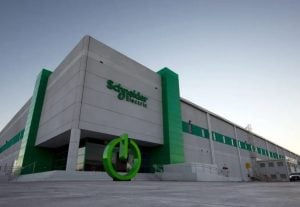


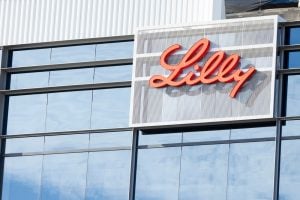

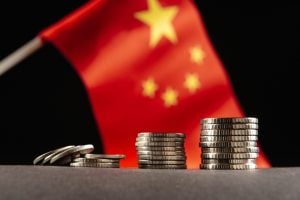



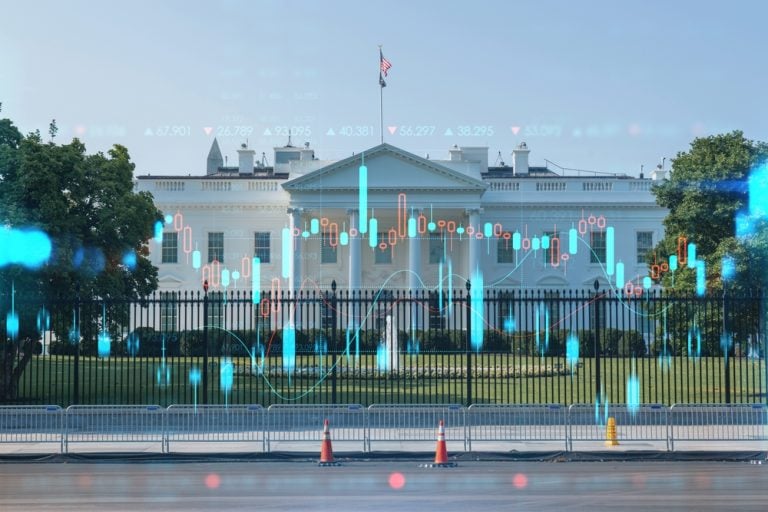







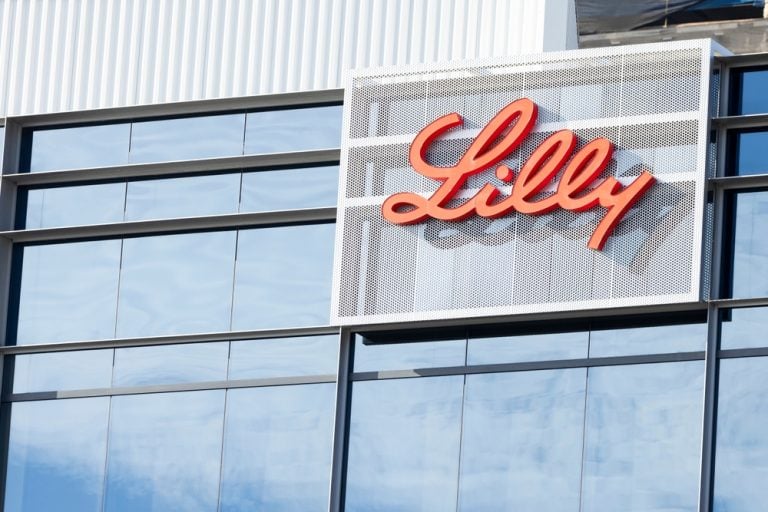
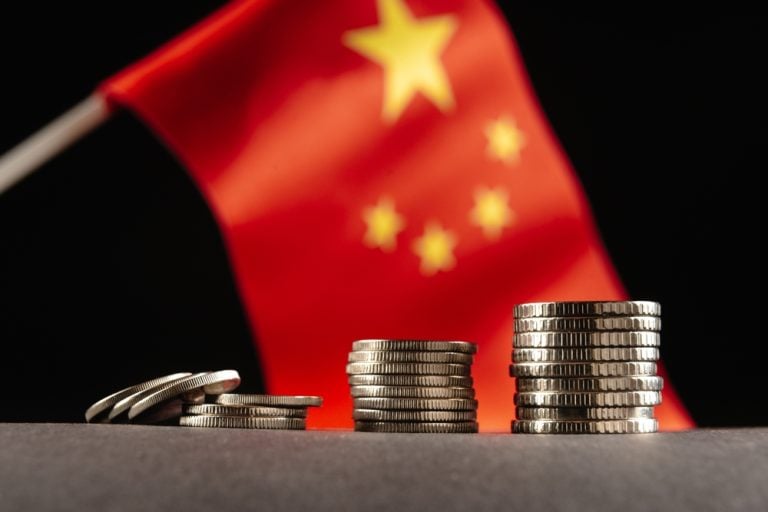
+ There are no comments
Add yours